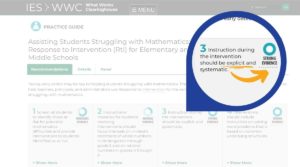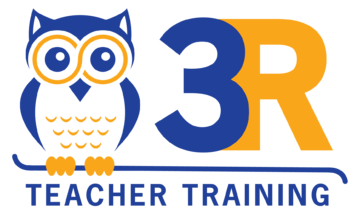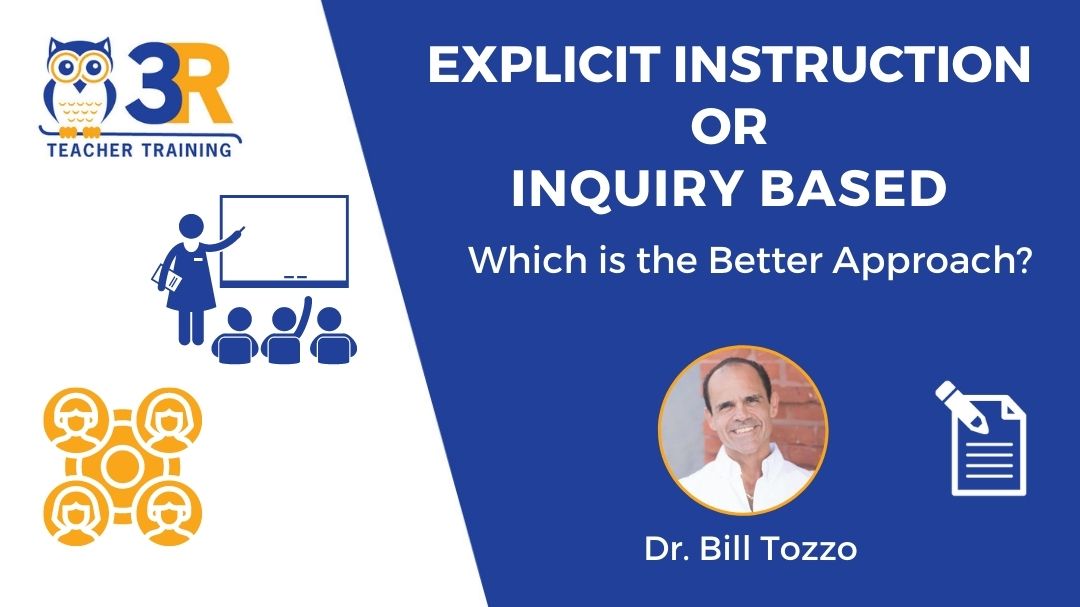There is no shortage of disputes in mathematics education. Lively discussions and arguments over what works with our students and what doesn’t is the backbone of progress.
Feud /fyo͞od/
noun
a prolonged and bitter quarrel or dispute.
There are far less prolonged and heated arguments, or “feuds,” in the mathematics education community than there are what I consider to be lively discussions or debates. Let me take a moment to explain the difference between the two.

Arguments come and go. Sometimes educators and other stakeholders agree, and sometimes they don’t and just return to their respective corners to prepare for the next round. But feuds last longer, evoke stronger feelings and tend to have much higher stakes. Whole Language vs. Phonics, Procedure vs. Understanding, Hatfields vs. McCoys . . . You get the idea.
Another such feud that I’ve found myself in the middle of over the past few years is whether students learn best through a less guided or “inquiry-based” approach to mathematics instruction or a more teacher-directed approach.
When I first started teaching, I was the “sage on the stage.” I controlled everything in my classroom from the moment the students entered the room until the bell rang. My approach was most likely due to my lack of formal training as a teacher when I started teaching. If you move to Florida with a 4-year degree in general science and psychology and an impulsive personality, these things can happen.
But as my experience and education grew, I quickly realized that there was another way. I discovered that students could learn from solving problems and developing relationships on their own. I was no longer the sage on the stage, I was the guide on the side. I loved hunting for rich problems, experiments and activities and presenting them in all their glory to my students. I found that when my students explored, collaborated and debated, the learning was more powerful and the recall more durable – or so I thought.
Many of those who read this are aware that Amy and I are coauthors for a Singaporean series of textbooks, think! Mathematics, and we have been staunch advocates for the Singaporean problem-solving approach to instruction. And before you fill with disgust and stop reading, please know that we still are! By no means am I suggesting that you adopt a procedural approach to your instruction without understanding or that you pass out drill n’ kill worksheets chock full of tedious calculations certain to extract tears of boredom and frustration. My goal here and for upcoming blog posts is to merely set the stage for what goes into great mathematics instruction and suggest a more teacher-directed approach when certain conditions are not met. First, let’s look at some research before I let the cat out of the bag.

The U.S. Department of Education compiles research from around the world and assembles their findings into practical guides
and articles in their “What Works Clearinghouse.” Among the recommendations from their guide, “Assisting Students Struggling with Mathematics: Response to Intervention (RtI) for Elementary and Middle Schools,” they list explicit instruction among those instructional strategies having strong evidence of success when teaching mathematics.
Barak Rosenshine in his article, ‘Principles of instruction: research-based strategies that all teachers should know’ (2012) offers 10 principals and strategies derived from studying master teachers and cognitive science. They are:
- Begin a lesson with a short review of previous learning.
- Present new material in small steps with student practice after each step.
- Ask a large number of questions and check the responses of all students.
- Provide models.
- Guide students’ practice.
- Check for student understanding.
- Obtain a high success rate.
- Provide scaffolds for difficult tasks.
- Require and monitor independent practice.
- Engage students in weekly and monthly review.
Of particular interest here are numbers 2,3,4,5 and 8. They are foundational to effective teacher-guided and explicit instruction.
The list showing strong support in the research for explicit instruction goes on and is definitive. Simply put, there are times when fully guided instruction is not only appropriate but more effective than other instructional approaches.
So now that the cat is out of the bag, of all the points I’ve made and information I’ve shared until this point, the most important is this – explicit instruction IS NOT “chalk and talk.”
“…explicit instruction IS NOT “chalk and talk.”

Students are not passive learners being lectured to when they are being taught with this approach. They should be fully engaged in the learning process, and oftentimes more so than with less structured instruction. Explicit instruction is not boring and does not preclude the teacher from using rich problems, explorations, or activities. On the contrary, explicit instruction can, and should, provide students with the skills and domain-specific knowledge to be able to access more challenging tasks.
The difference between explicit and direct instruction can be vague across the literature and educational community. But rest assured, there is a tremendous difference between the two, and I will develop this in future posts. For now, I need you to leave with one point of certainty – explicit instruction is completely teacher-guided.
This is the first in a series of articles. In addition to the further development of explicit instruction, in future posts, I’ll provide strategies, tools, and resources to help you implement explicit-instruction in your mathematics classes more effectively and with fidelity. I’ll also add some videos on our YouTube channel as well when they are appropriate. So be sure to sign up for our weekly digest if you want to be notified when the posts come out.

